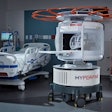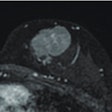Tuesday, November 27 | 3:00 p.m.-3:10 p.m. | SSJ15-01 | Room E451A
High-resolution, high-field MR neurography can significantly affect presurgical decision-making in patients with suspected but unconfirmed peripheral nerve injuries and entrapments, according to this study by researchers at Johns Hopkins University.In this prospective study, 54 patients responded to a questionnaire before and after MR neurography exams. Items covered by the survey included the presence or absence of nerve injury, diagnostic confidence of the physician, the degree of nerve injury, any differential diagnosis, the decision whether to pursue surgery, the timing of surgical intervention, confidence in the surgical approach, and a patient's estimated length of surgery. Researchers excluded four surveys because they were incomplete.
After MR neurography, the questionnaire revealed changes in all categories, with statistical significance in the categories of differential diagnosis, surgeon decision against the surgery, confidence in need for surgery, timing of the surgery, and confidence in anatomical approach to surgery.
Based on the findings, lead author Dr. Avneesh Chhabra, an assistant professor of radiology and orthopedic surgery, and colleagues recommend MR neurography for presurgical decision-making in cases of suspected peripheral nerve injuries and entrapments.
"The potential clinical benefits for patients include confirmation of suspected neuropathy; finding the cause of neuropathy, as well as its location and extent; and better defining preoperative planning and management," he added.

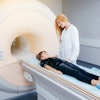

.fFmgij6Hin.png?auto=compress%2Cformat&fit=crop&h=100&q=70&w=100)
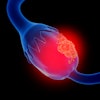

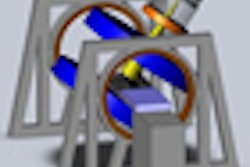
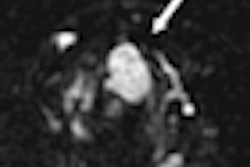
.fFmgij6Hin.png?auto=compress%2Cformat&fit=crop&h=167&q=70&w=250)




